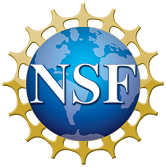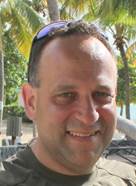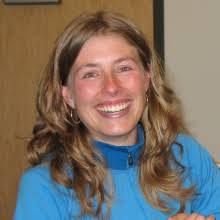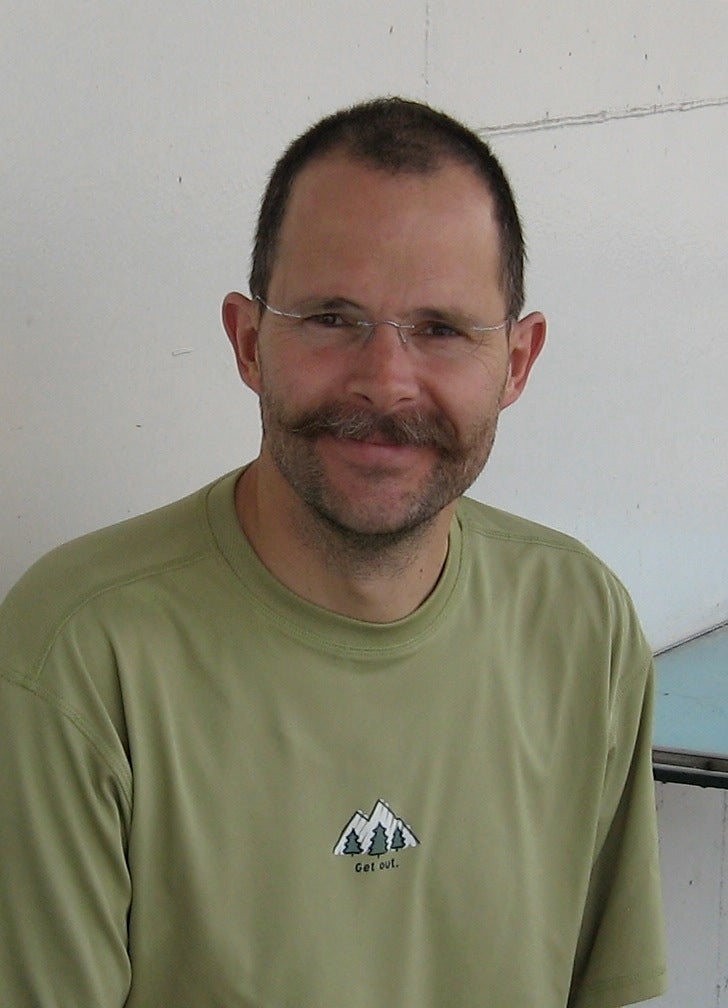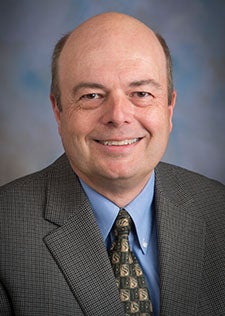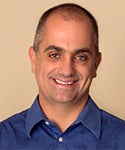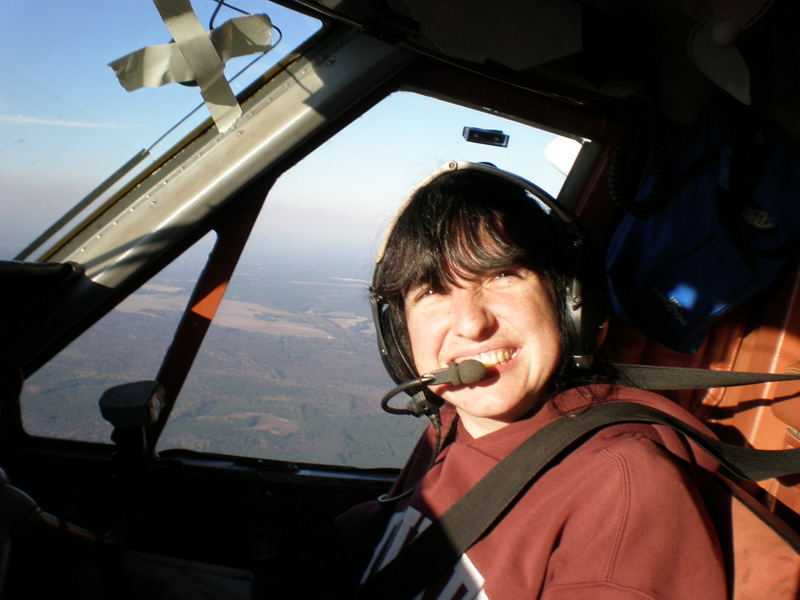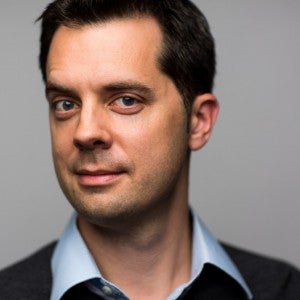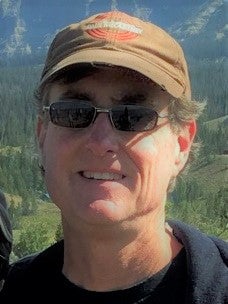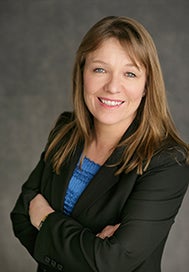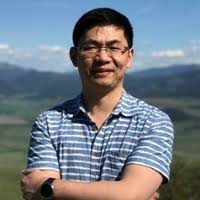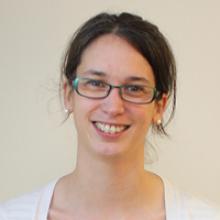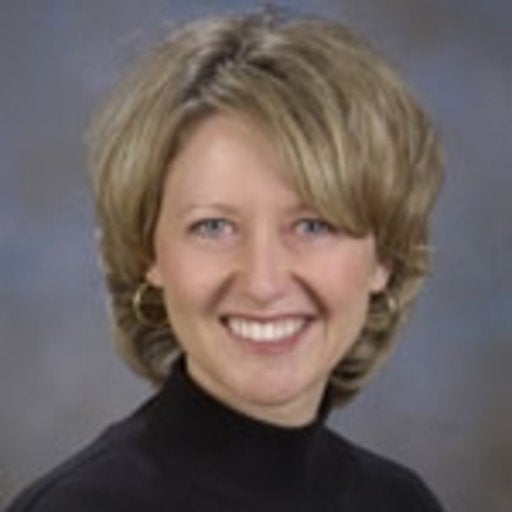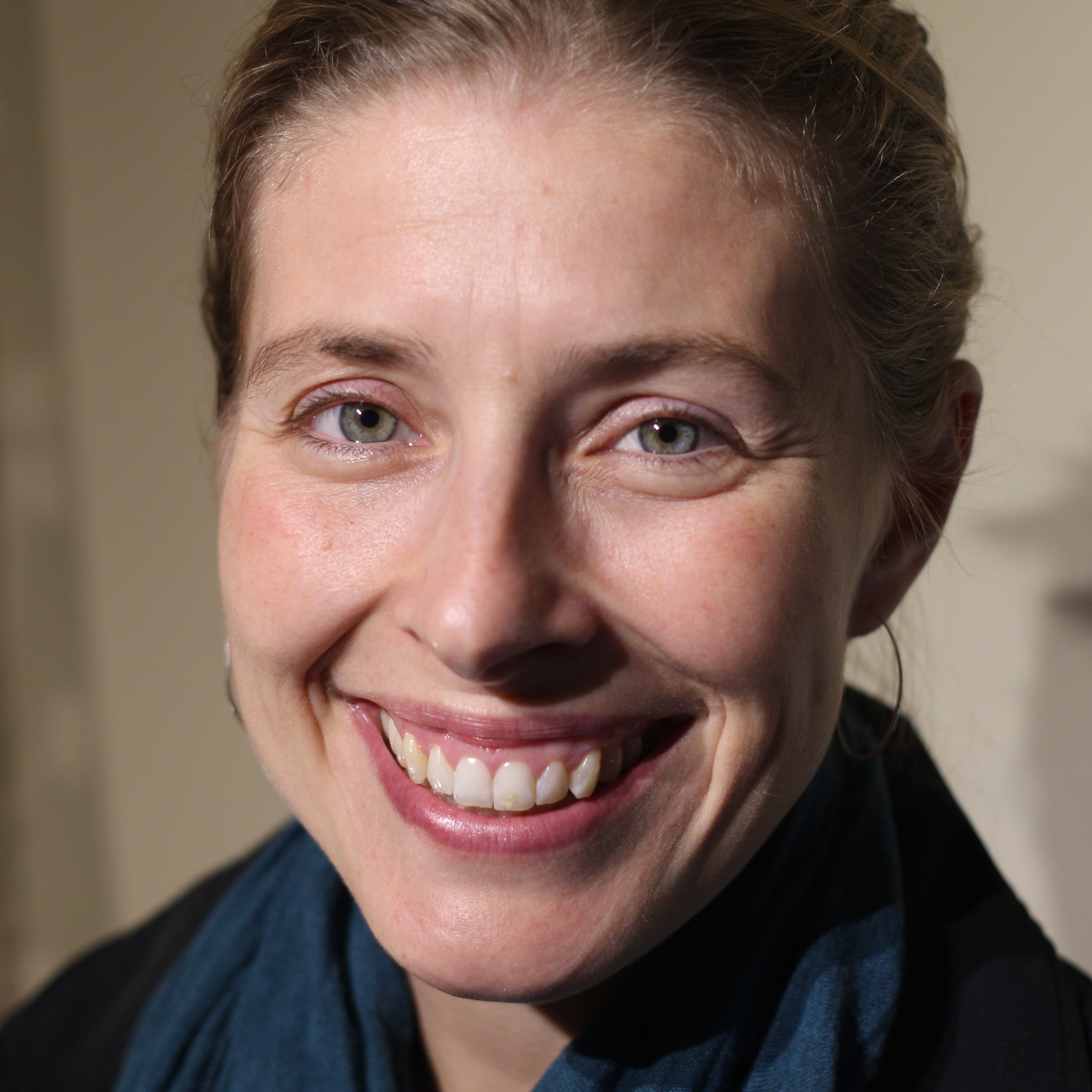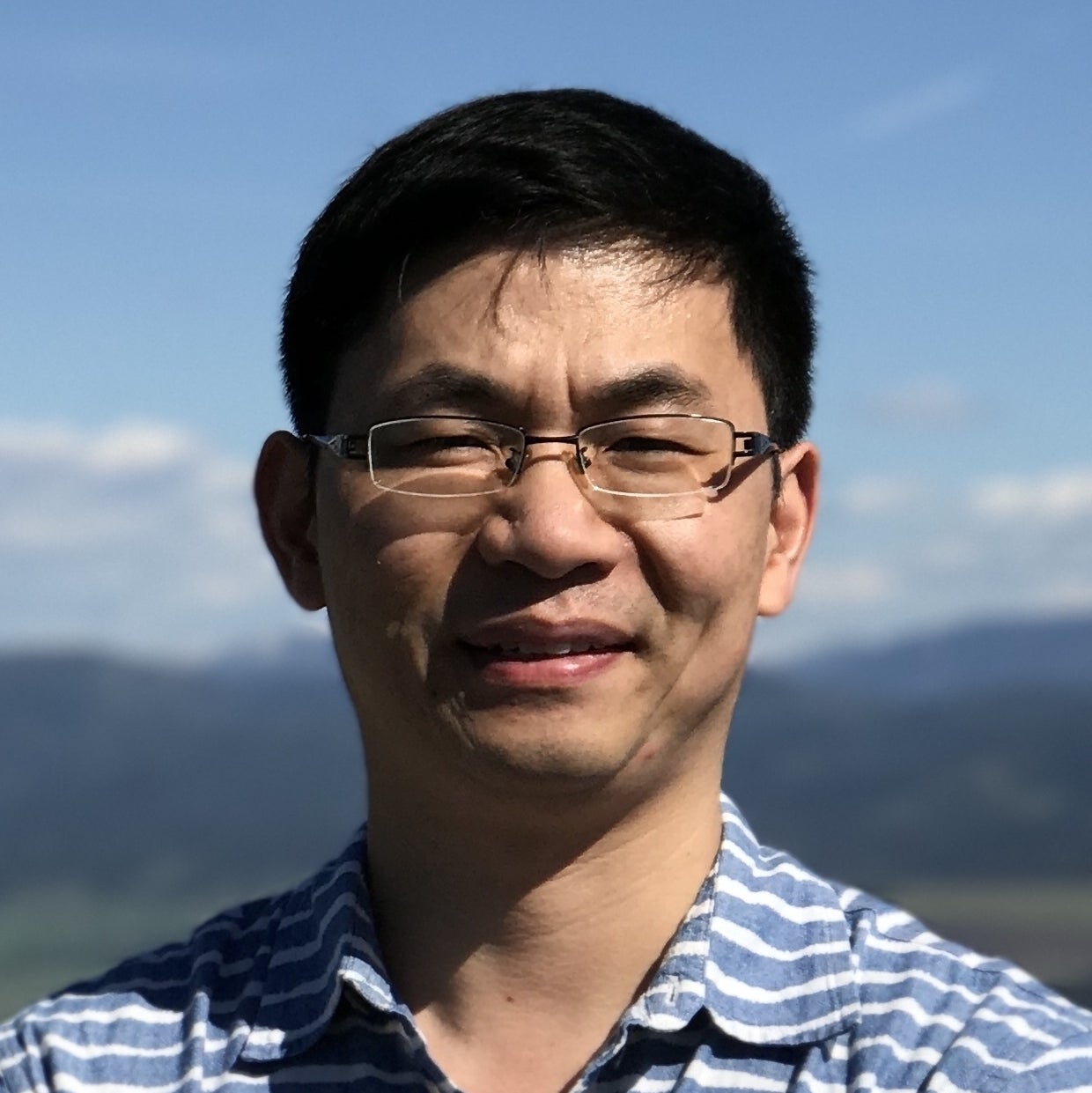| Collaborating Organizations |
|
|
 |
| Collaborating Universities |
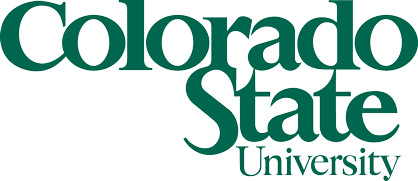 |
 |
 |
 |
| WE-CAN Principal Investigators |
Emily Fischer | Colorado State University
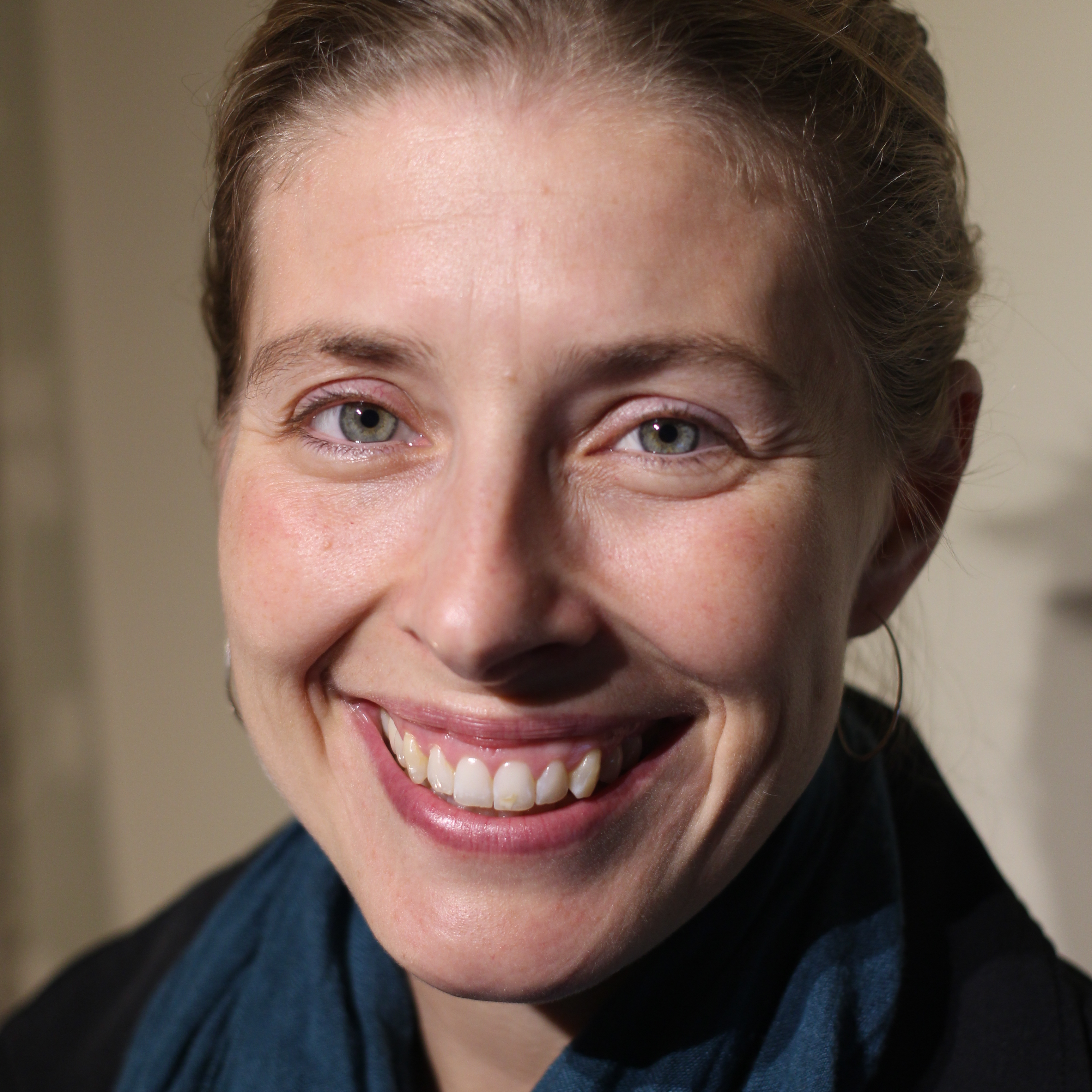 Dr. Emily Fischer is currently an Assistant Professor in the Department of Atmospheric Science at Colorado State University (CSU). Prior to joining the CSU faculty she was a NOAA Climate and Global Change Postdoctoral Fellow and a Harvard University Center for the Environment Postdoctoral Fellow. She studies how air pollutants move in the atmosphere, and how non-traditional pollution sources impact air quality. Her research group is currently focused on the air quality impacts of wildfire smoke and oil and gas development. Dr. Fischer also leads a major national research project on the recruitment and retention of women in the geosciences.
Dr. Emily Fischer is currently an Assistant Professor in the Department of Atmospheric Science at Colorado State University (CSU). Prior to joining the CSU faculty she was a NOAA Climate and Global Change Postdoctoral Fellow and a Harvard University Center for the Environment Postdoctoral Fellow. She studies how air pollutants move in the atmosphere, and how non-traditional pollution sources impact air quality. Her research group is currently focused on the air quality impacts of wildfire smoke and oil and gas development. Dr. Fischer also leads a major national research project on the recruitment and retention of women in the geosciences.
» Read more
Jeffrey Collett Jr. | Colorado State University
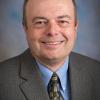 Dr. Collett’s research interests include pollution processing by clouds and fogs, sources and sinks of atmospheric reactive nitrogen, aerosol chemistry, air quality impacts from unconventional oil and gas development, emissions and transformation of smoke from wild and prescribed fires, and aerosol impacts on regional haze and visibility. Dr. Collett is Chair of the Atmospheric Chemistry Committee of the American Meteorological Society and serves on the Board of the International Fog and Dew Association.
Dr. Collett’s research interests include pollution processing by clouds and fogs, sources and sinks of atmospheric reactive nitrogen, aerosol chemistry, air quality impacts from unconventional oil and gas development, emissions and transformation of smoke from wild and prescribed fires, and aerosol impacts on regional haze and visibility. Dr. Collett is Chair of the Atmospheric Chemistry Committee of the American Meteorological Society and serves on the Board of the International Fog and Dew Association.
» Read more
Paul DeMott | Colorado State University
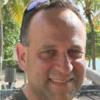 Dr. DeMott's interests at CSU lie in the area of aerosol-cloud interactions, particularly ice phase transitions of atmospheric particles for conditions present in various regions of the troposphere, including layer clouds in winter, cumulus clouds, and cirrus clouds. The goals of my research are to understand the way that the physical, chemical, and biological makeup of certain aerosols of natural or anthropogenic origin determine the formation of ice crystals (precursors of precipitation) in clouds and in turn how clouds impact the distribution and nature of ice nucleating particles in the atmosphere. This information is important to the fundamental issue of how aerosols affect climate indirectly by impacting the radiative properties of clouds, latent heating of the atmosphere, and precipitation.
Dr. DeMott's interests at CSU lie in the area of aerosol-cloud interactions, particularly ice phase transitions of atmospheric particles for conditions present in various regions of the troposphere, including layer clouds in winter, cumulus clouds, and cirrus clouds. The goals of my research are to understand the way that the physical, chemical, and biological makeup of certain aerosols of natural or anthropogenic origin determine the formation of ice crystals (precursors of precipitation) in clouds and in turn how clouds impact the distribution and nature of ice nucleating particles in the atmosphere. This information is important to the fundamental issue of how aerosols affect climate indirectly by impacting the radiative properties of clouds, latent heating of the atmosphere, and precipitation.
» Read more
Delphine Farmer | Colorado State University
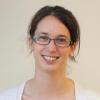 Dr. Farmer’s research focused on combining instrument development and advanced analytical chemistry, with atmospheric science and physical chemistry, to understand air pollution and climate-relevant processes.
Dr. Farmer’s research focused on combining instrument development and advanced analytical chemistry, with atmospheric science and physical chemistry, to understand air pollution and climate-relevant processes.
» Read more
Frank Flocke | NCAR Atmospheric Chemistry Observations and Modeling Laboratory
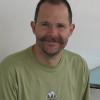 Dr. Flocke has been working as a scientist in the Atmospheric Chemistry Observations and Modeling (ACOM) Laboratory at the National Center for Atmospheric Research (NCAR) for over 20 years. He came to NCAR from the Institute for Tropospheric Chemistry at Research Center Jülich in Germany after receiving his Ph.D. from the Bergische Universität Wuppertal in 1992.
Dr. Flocke has been working as a scientist in the Atmospheric Chemistry Observations and Modeling (ACOM) Laboratory at the National Center for Atmospheric Research (NCAR) for over 20 years. He came to NCAR from the Institute for Tropospheric Chemistry at Research Center Jülich in Germany after receiving his Ph.D. from the Bergische Universität Wuppertal in 1992.
Using mainly aircraft measurements, Frank has been involved in research in the field of air quality, pollution transport and chemical interactions and transformations of anthropogenic and natural emissions, and how these processes change the chemistry and composition of the troposphere.
» Read more
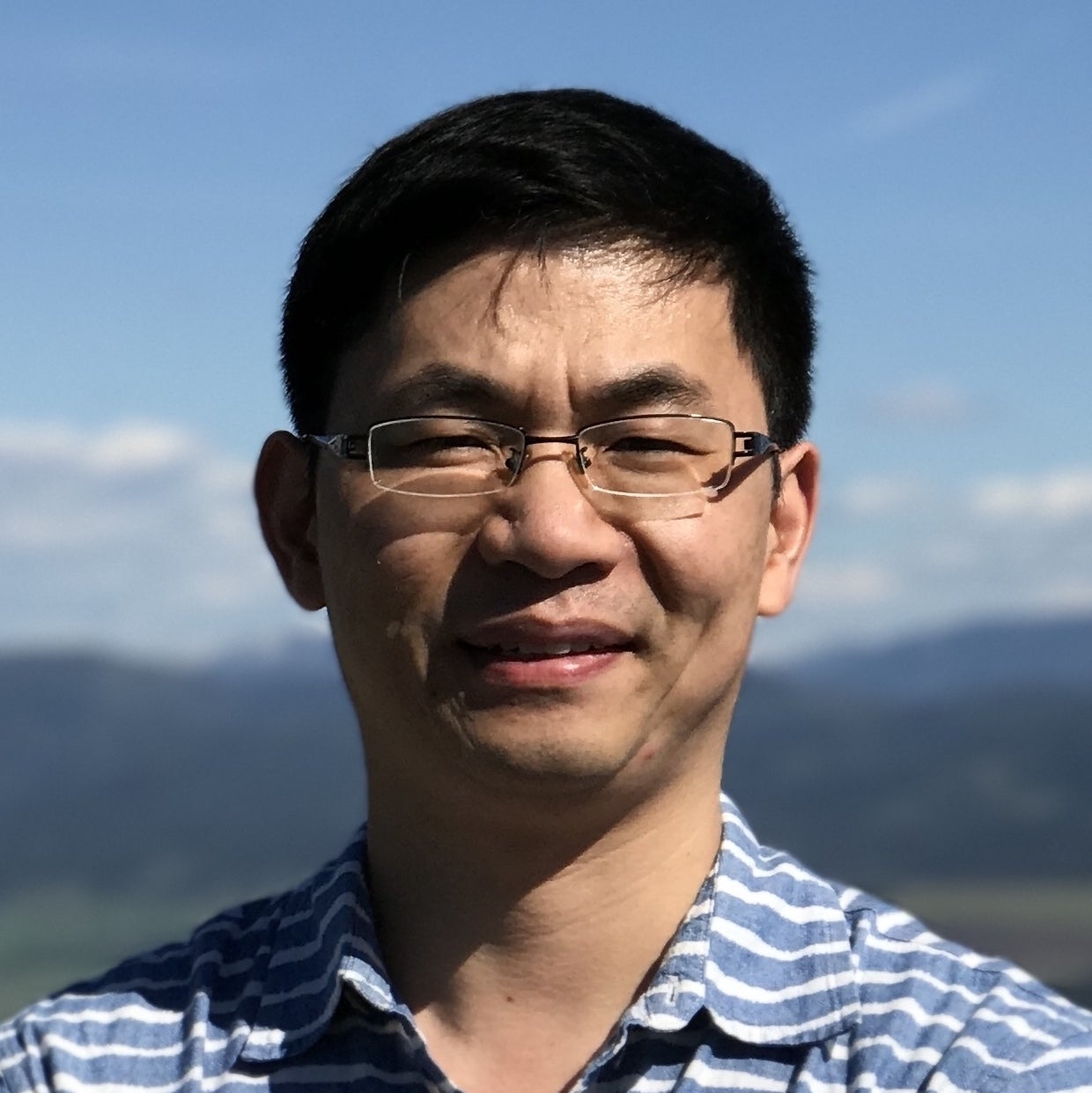 Dr. Hu aims to improve understanding of the chemical composition of the atmosphere, and how it is influenced by human activities and natural processes. We use a combination of field observations and atmospheric modeling to investigate the origins, chemistry, and transport of key air pollutants, and their implications for environment and climate. Current research projects focus on global tropospheric ozone budgets, land-atmosphere exchange of volatile organic compounds, and long term changes of trace gases in the atmosphere.
Dr. Hu aims to improve understanding of the chemical composition of the atmosphere, and how it is influenced by human activities and natural processes. We use a combination of field observations and atmospheric modeling to investigate the origins, chemistry, and transport of key air pollutants, and their implications for environment and climate. Current research projects focus on global tropospheric ozone budgets, land-atmosphere exchange of volatile organic compounds, and long term changes of trace gases in the atmosphere.
» Read more
Sonia Kreidenweis | Colorado State University
 Dr. Kreidenweis' research interests are in atmospheric aerosols and their impacts on visibility and climate and together with her group has published over 175 peer-reviewed articles in these subjects. She is a member and has held office in the American Association for Aerosol Research and the American Meteorological Society, and has been elected to Fellow in both. She was named a University Distinguished Professor in 2014.
Dr. Kreidenweis' research interests are in atmospheric aerosols and their impacts on visibility and climate and together with her group has published over 175 peer-reviewed articles in these subjects. She is a member and has held office in the American Association for Aerosol Research and the American Meteorological Society, and has been elected to Fellow in both. She was named a University Distinguished Professor in 2014.
» Read more
Shane Murphy | University of Wyoming
 The Murphy research group makes novel field measurements with cutting edge instrumentation that advance the science of atmospheric chemistry, aerosols, and climate. Measurements are made from our groups’ mobile laboratory and from airborne platforms. The group has two focus areas: 1.) Absorbing Aerosols and 2.) Methane and volatile organic compound (VOC) Emissions from Energy Development.
The Murphy research group makes novel field measurements with cutting edge instrumentation that advance the science of atmospheric chemistry, aerosols, and climate. Measurements are made from our groups’ mobile laboratory and from airborne platforms. The group has two focus areas: 1.) Absorbing Aerosols and 2.) Methane and volatile organic compound (VOC) Emissions from Energy Development.
» Read more
Amy Sullivan | Colorado State University
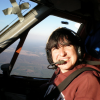 Dr. Sullivan has been working with a new, inexpensive, and robust method to measure smoke marker compounds, such as levoglucosan, using high-performance anion-exchange chromatography with pulsed amperometric detection (HPAEC-PAD). This approach offers numerous advantages over traditional methods, including extraction of the filter directly in water and the ability to directly analyze the filter extract for levoglucosan. One of the current applications of this method is on source samples collected at the Fire Science Laboratory in Missoula, MT. This work is being performed in order to generate much needed smoke source profiles that could be used to assess the contribution of wildfires and prescribed fires to the total organic carbon concentrations.
Dr. Sullivan has been working with a new, inexpensive, and robust method to measure smoke marker compounds, such as levoglucosan, using high-performance anion-exchange chromatography with pulsed amperometric detection (HPAEC-PAD). This approach offers numerous advantages over traditional methods, including extraction of the filter directly in water and the ability to directly analyze the filter extract for levoglucosan. One of the current applications of this method is on source samples collected at the Fire Science Laboratory in Missoula, MT. This work is being performed in order to generate much needed smoke source profiles that could be used to assess the contribution of wildfires and prescribed fires to the total organic carbon concentrations.
» Read more
Joel Thornton | University of Washington
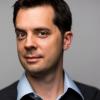 Joel Thornton is an atmospheric scientist that studies the sources, transformations, and impacts of atmospheric aerosol particles which affect health, visibility, and climate. A particular focus is to understand the coupling between reactive trace gases, such as nitrogen oxides and volatile organic compounds, and the evolution of aerosol particle size and composition. These couplings give rise to complex responses in aerosol particle distributions to changes in natural or anthropogenic emissions and atmospheric conditions. Professor Thornton's research group uses state of the art airborne instrumentation to measure reactive trace gases that drive aerosol formation and growth.
Joel Thornton is an atmospheric scientist that studies the sources, transformations, and impacts of atmospheric aerosol particles which affect health, visibility, and climate. A particular focus is to understand the coupling between reactive trace gases, such as nitrogen oxides and volatile organic compounds, and the evolution of aerosol particle size and composition. These couplings give rise to complex responses in aerosol particle distributions to changes in natural or anthropogenic emissions and atmospheric conditions. Professor Thornton's research group uses state of the art airborne instrumentation to measure reactive trace gases that drive aerosol formation and growth.
» Read more
Darin Toohey | University of Colorado Boulder
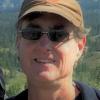 Dr. Toohey's research addresses the role of trace gases and aerosols on climate, atmospheric oxidation, and air quality. We prinarily develop instruments for in situ measurements from the ground, balloons, and aircraft. We have participated in more than 50 field campaigns to examine topics such as stratospheric ozone depletion over the Arctic, the impact of rockets on stratospheric chemistry, long-range transport of pollutants, and the role of aerosols in modification of cloud properties. In addition to many sites throughout the continental United States, we have conducted work in Alaska, Hawaii, Antarctica, Norway, Sweden, Spitsbergen, New Zealand, Australia, Mexico, Chile, South Korea, and the U.S. Virgin Islands.
Dr. Toohey's research addresses the role of trace gases and aerosols on climate, atmospheric oxidation, and air quality. We prinarily develop instruments for in situ measurements from the ground, balloons, and aircraft. We have participated in more than 50 field campaigns to examine topics such as stratospheric ozone depletion over the Arctic, the impact of rockets on stratospheric chemistry, long-range transport of pollutants, and the role of aerosols in modification of cloud properties. In addition to many sites throughout the continental United States, we have conducted work in Alaska, Hawaii, Antarctica, Norway, Sweden, Spitsbergen, New Zealand, Australia, Mexico, Chile, South Korea, and the U.S. Virgin Islands.
» Read more
Susan van den Heever | Colorado State University
 Dr. van den Heever’s research interests lie in storm microphysical and dynamical processes, which she explores primarily through the use of high-resolution numerical modeling. She is interested in understanding the impacts of aerosol particles on various storm characteristics including updrafts and downdrafts, precipitation amounts and intensity, mixed- and ice phase processes, and storm outflow boundaries. Dr. van den Heever is the Co-Chair of the Global Energy and Water Exchanges (GEWEX) Aerosol Precipitation initiative, and a board member of The International Commission on Clouds and Precipitation and the Aerosol, Cloud, Precipitation and Climate working group.
Dr. van den Heever’s research interests lie in storm microphysical and dynamical processes, which she explores primarily through the use of high-resolution numerical modeling. She is interested in understanding the impacts of aerosol particles on various storm characteristics including updrafts and downdrafts, precipitation amounts and intensity, mixed- and ice phase processes, and storm outflow boundaries. Dr. van den Heever is the Co-Chair of the Global Energy and Water Exchanges (GEWEX) Aerosol Precipitation initiative, and a board member of The International Commission on Clouds and Precipitation and the Aerosol, Cloud, Precipitation and Climate working group.
» Read more
WE-CAN Data Submission Instructions (Post Field)
Dataset Documentation ("Readme") Guidelines
Quick Questions for WE-CAN PIs
